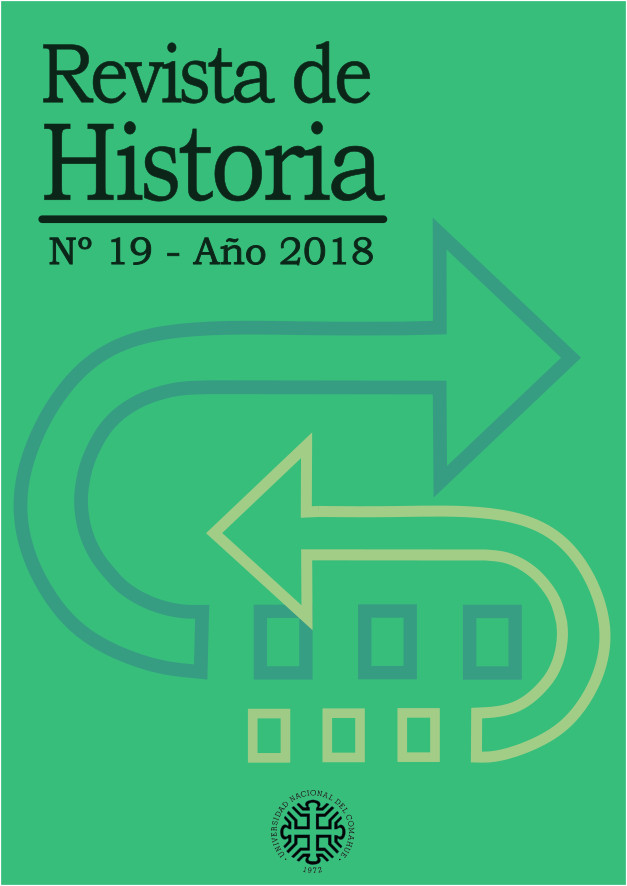Musical and theatrical spaces in the city of Buenos Aires: sociability and cultural life at the beginning of the 19th century (1804-1840)
Keywords:
Musical spaces, Sociability, Civility, Buenos Aires 19th centuryAbstract
This article reconstructs a group of spaces, circuits and musical scenesdeveloped at the beginning of the 19th century in the city of Buenos Aires to
investigate how political power intervened and to use them as a tool to
disseminate enlightened ideals and spaces of sociability through which to
reform the customs of the elite.
The exploratory and unstable nature of the musical and theatrical culture
means that the approach and the use of sources for the reconstruction of the spaces are diverse and dissimilar-government papers, police records, press. However the diversity of the spaces, there is evidence of a discursive
continuity around the organization of the social space and the control of the
interaction links displayed in them. Specifically, all the spaces linked to music
and the Theater were developed in close relation with three guiding and
interrelated concepts: urbanity, civility and courtesy.
In short, a chronology emerges that does not emphasize changes and
political-cultural ruptures, but rather demonstrates continuities and overlaps.
The conceptualization of music as a practice capable of civilizing the now
citizens and as a tool to polish and soften customs were some of the premises present in the proposed cut.
Downloads
Published
How to Cite
Issue
Section
License
Nota de copyright
Obra disponible en acceso abierto bajo licencia Creative Commons Atribución-
NoComercial-SinDerivadas 2.5 Argentina (http://creativecommons.org/licenses/by-nc-nd/2.5/ar/)








